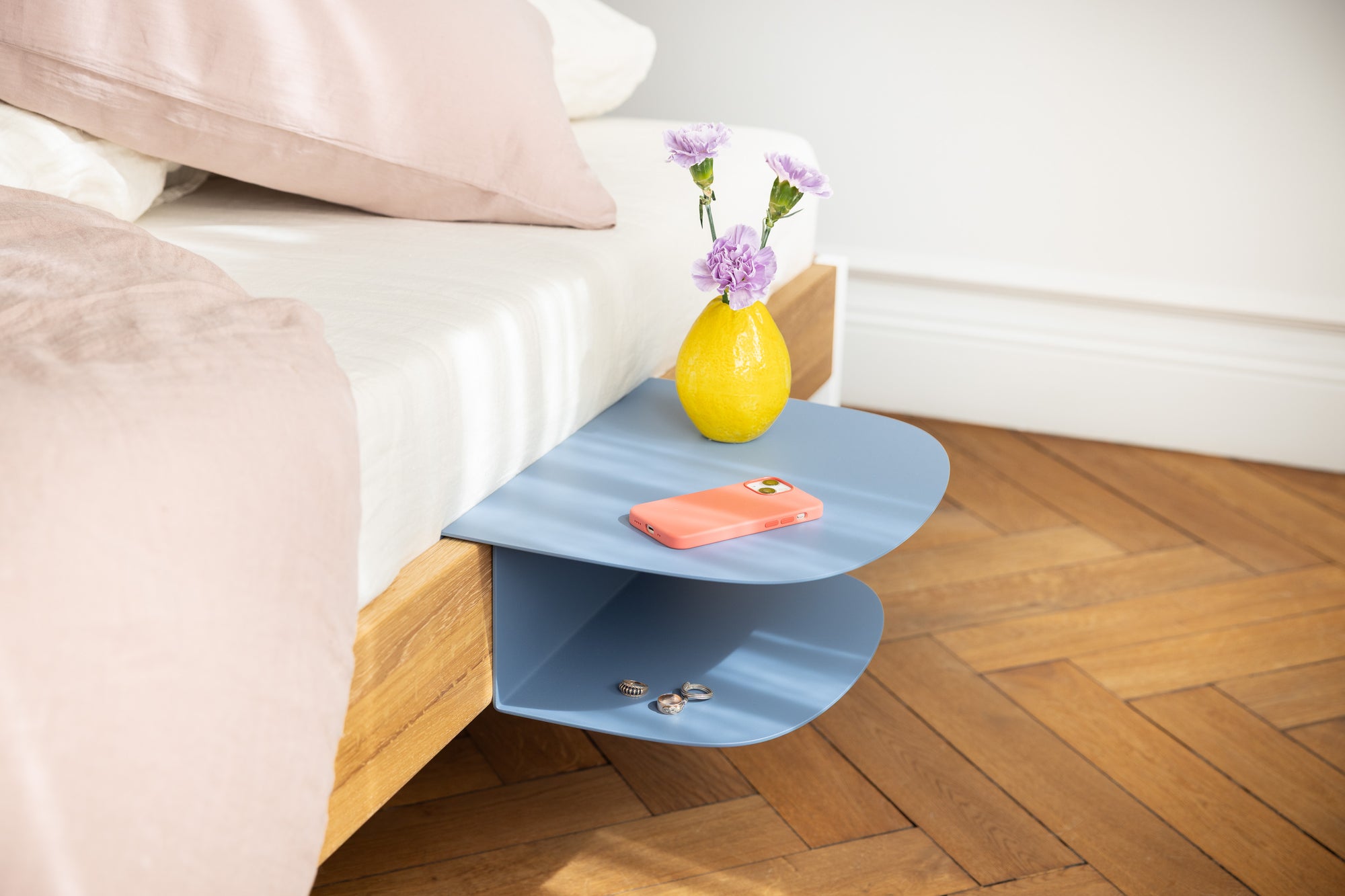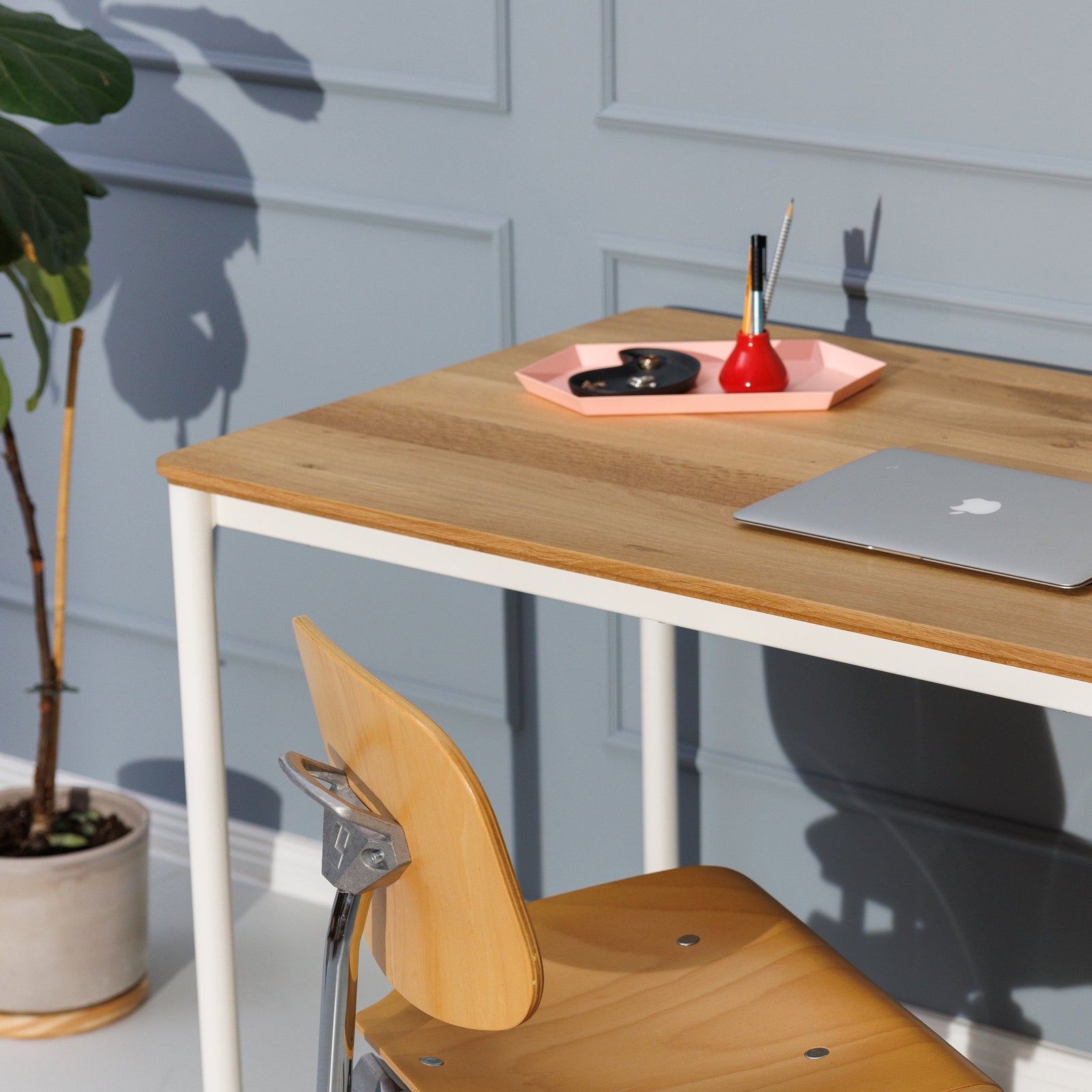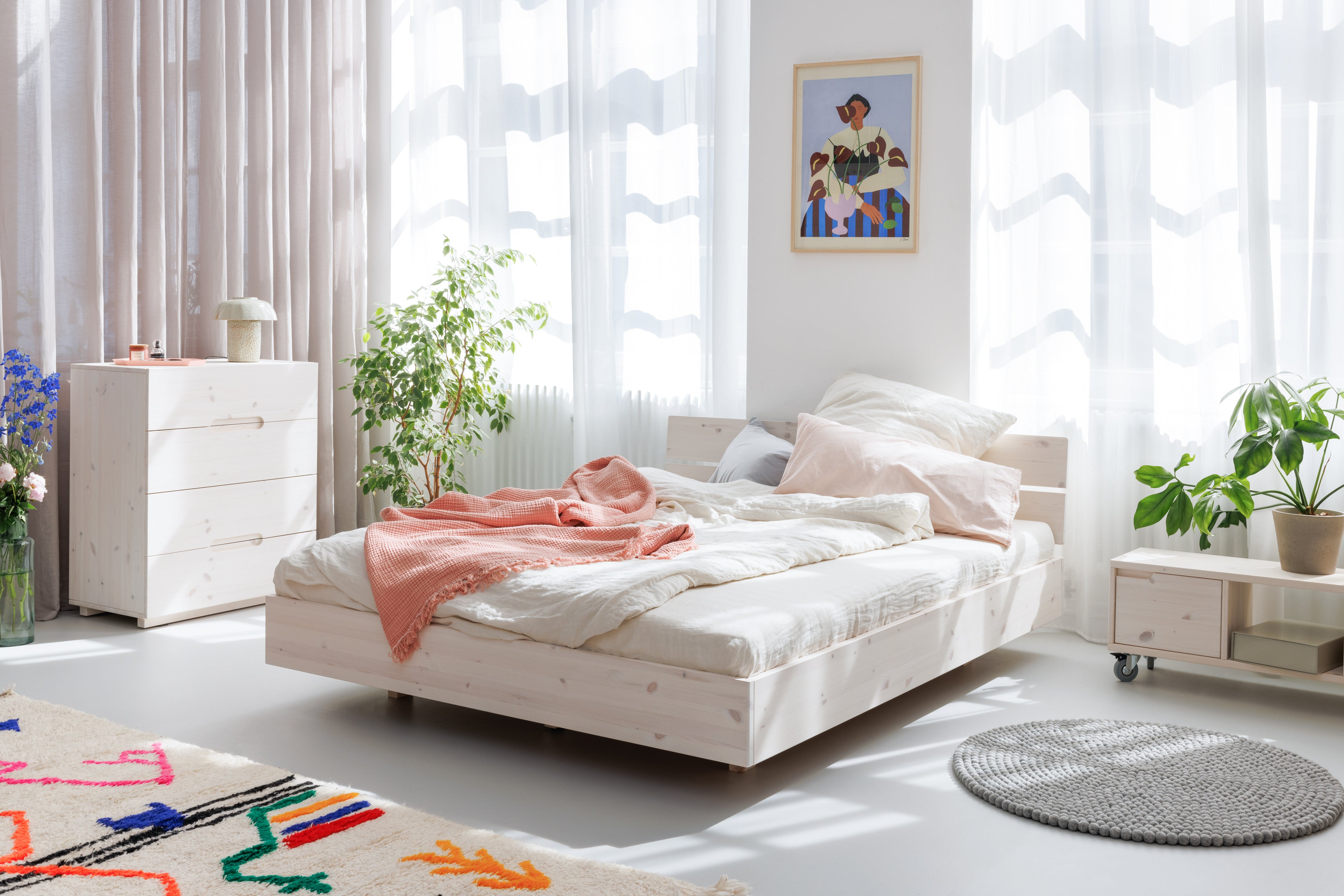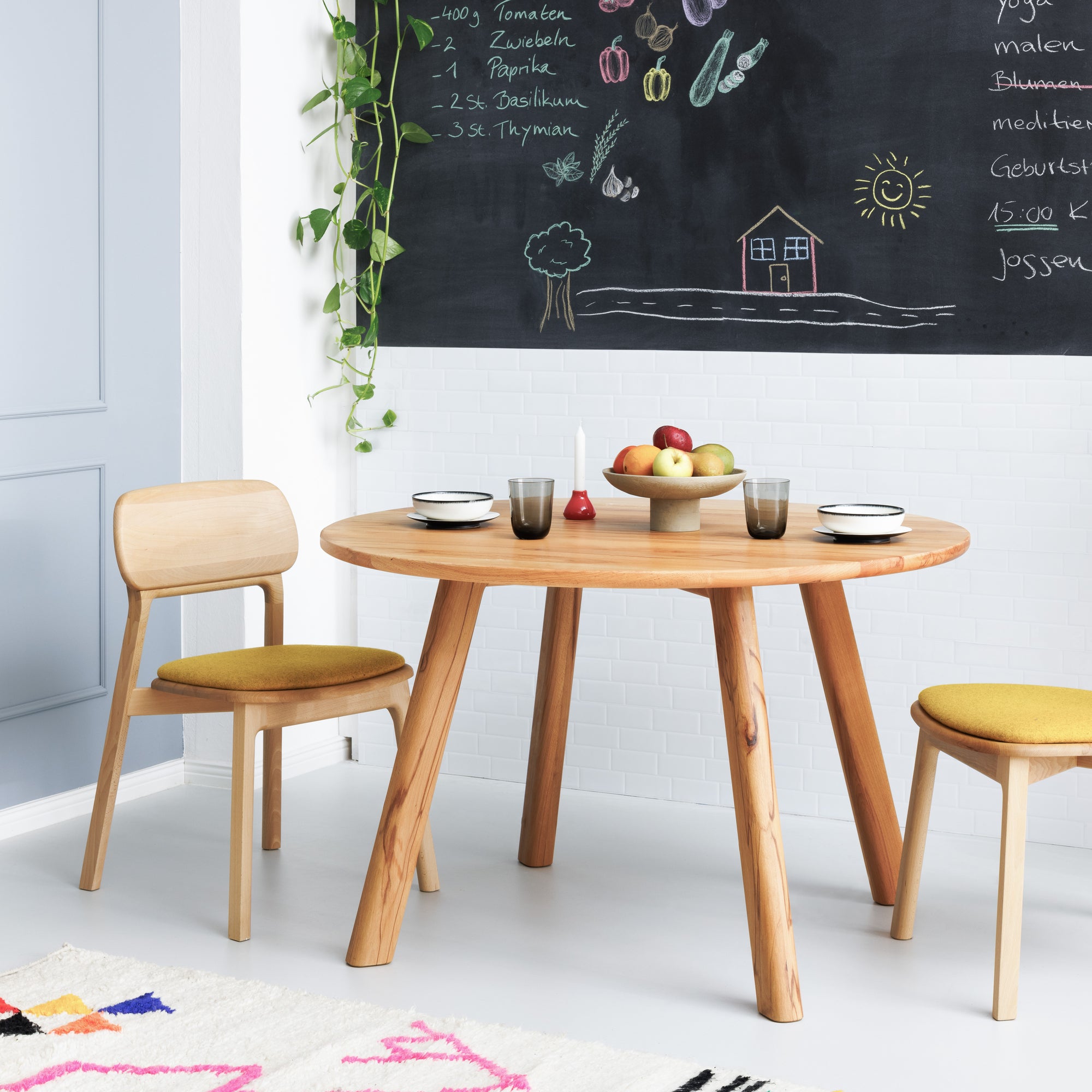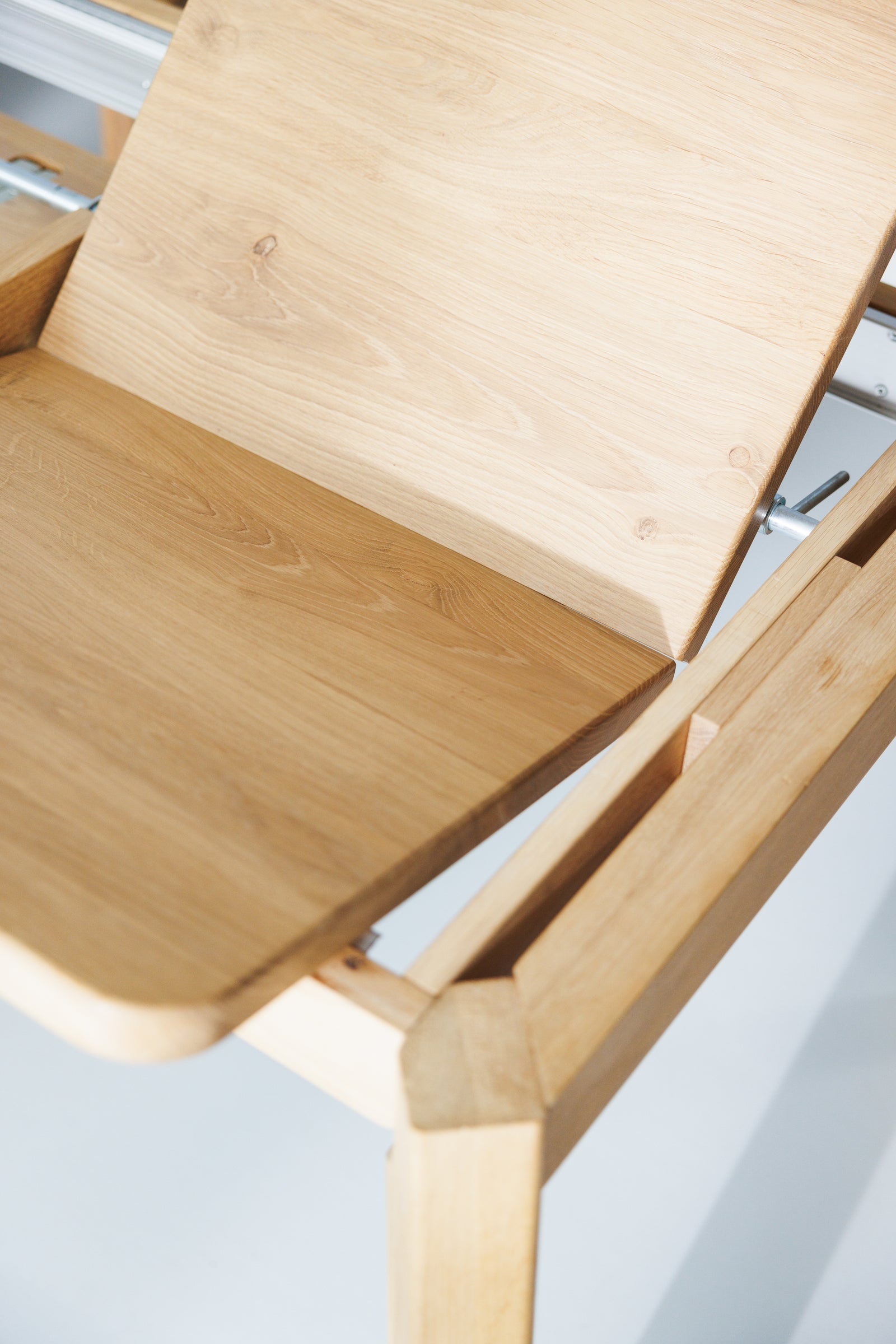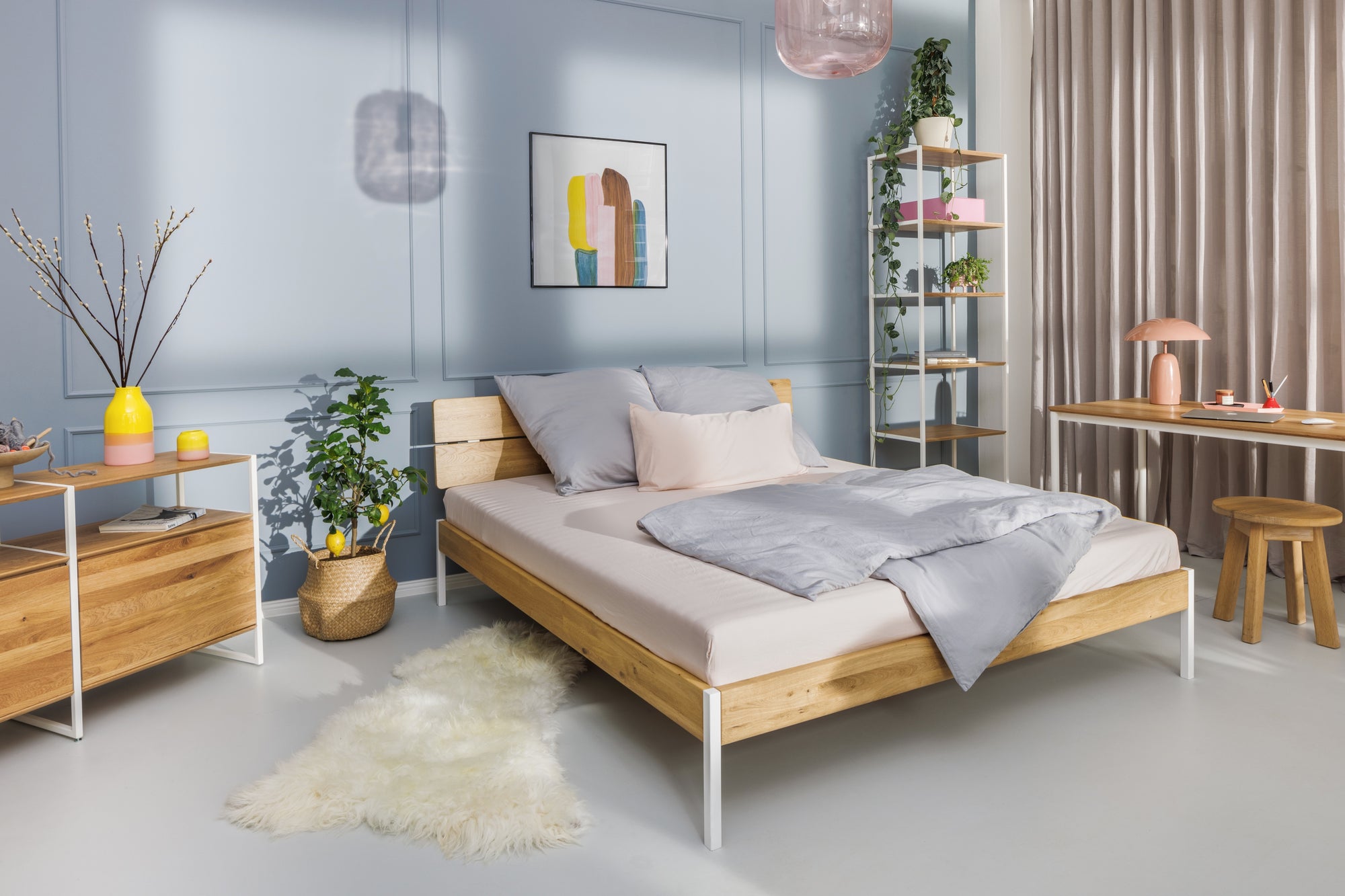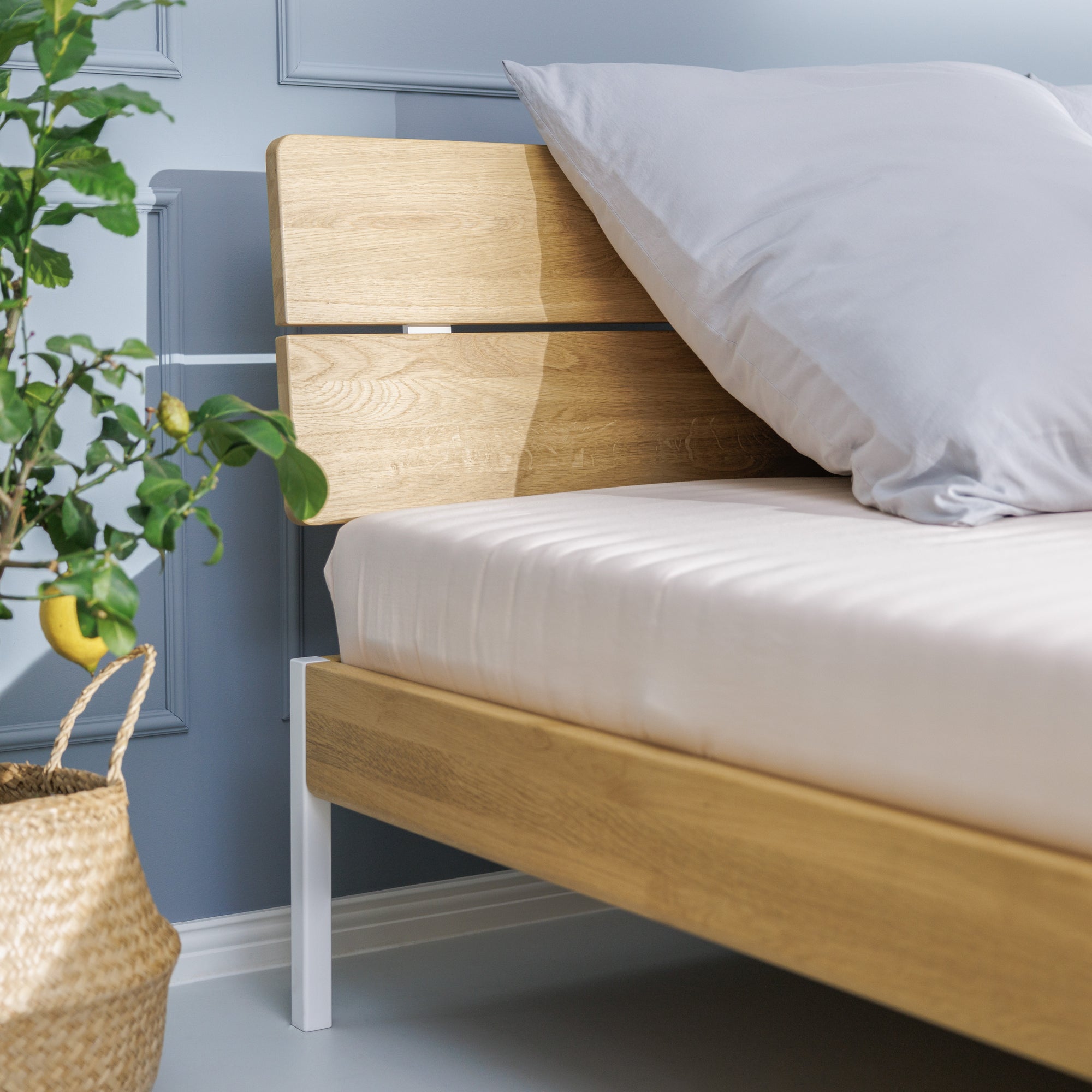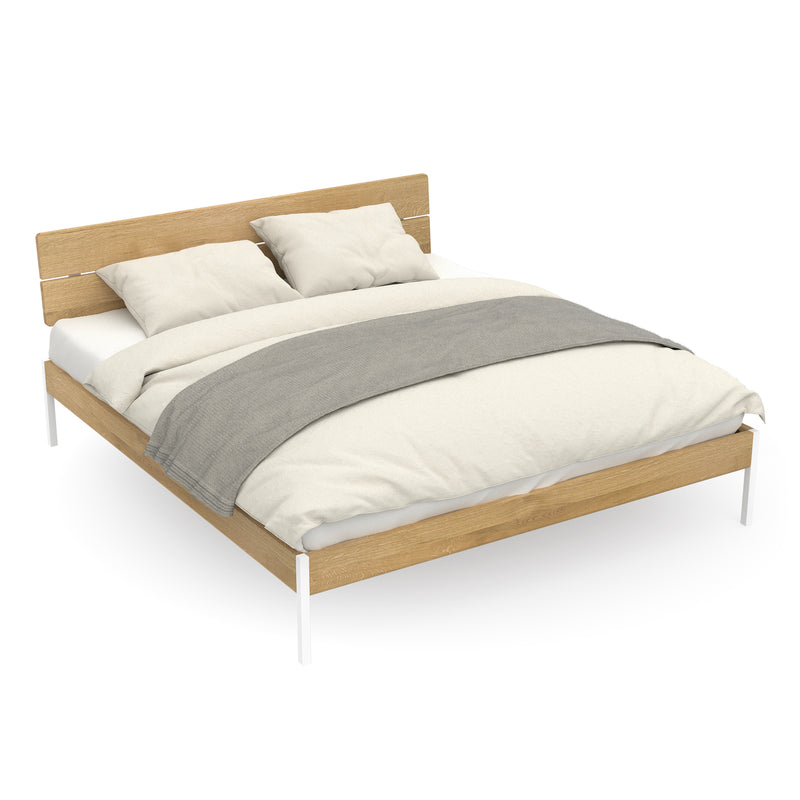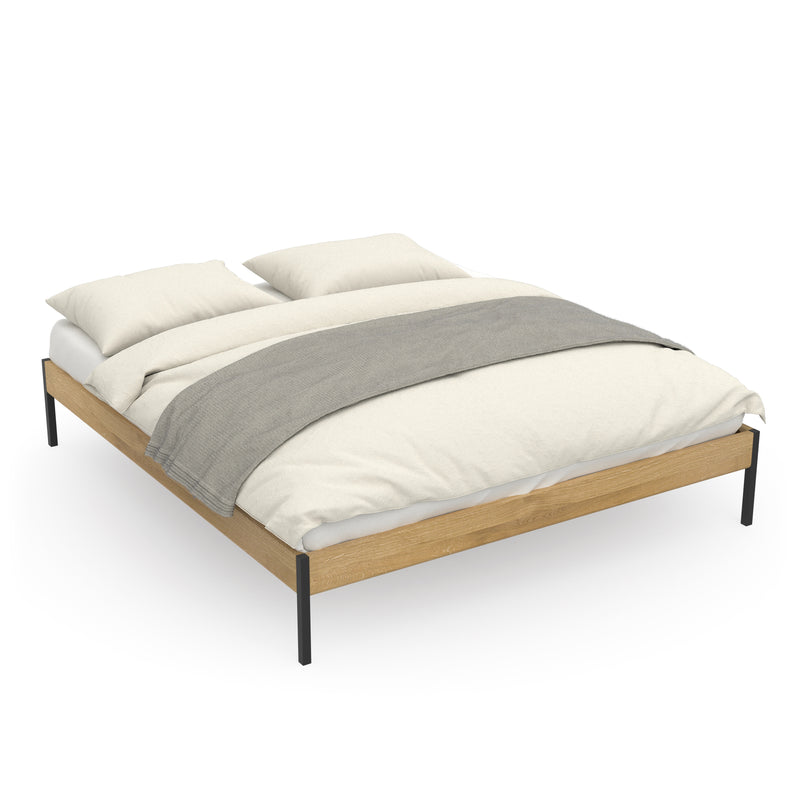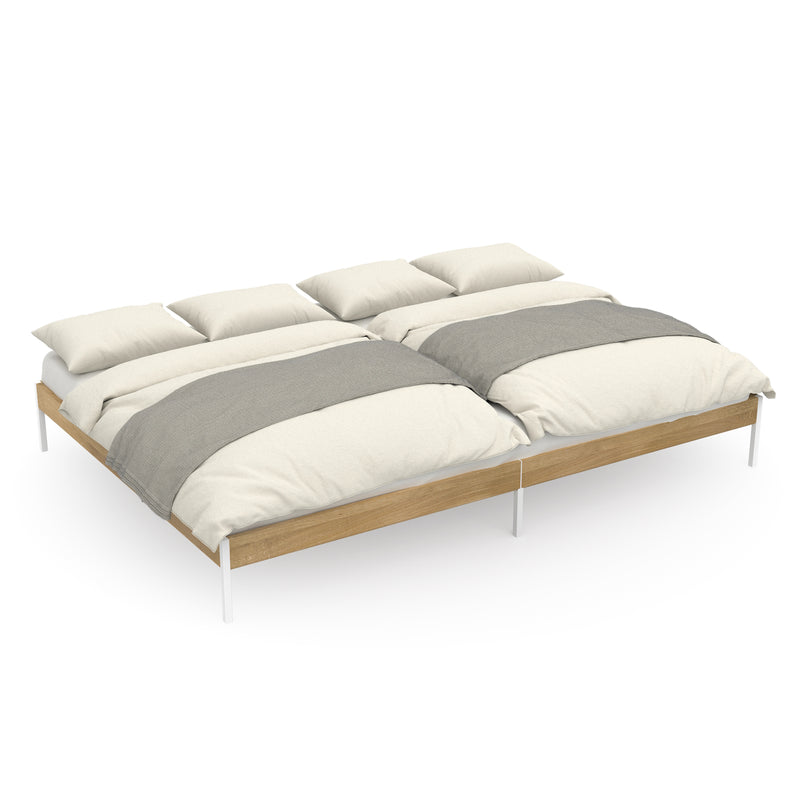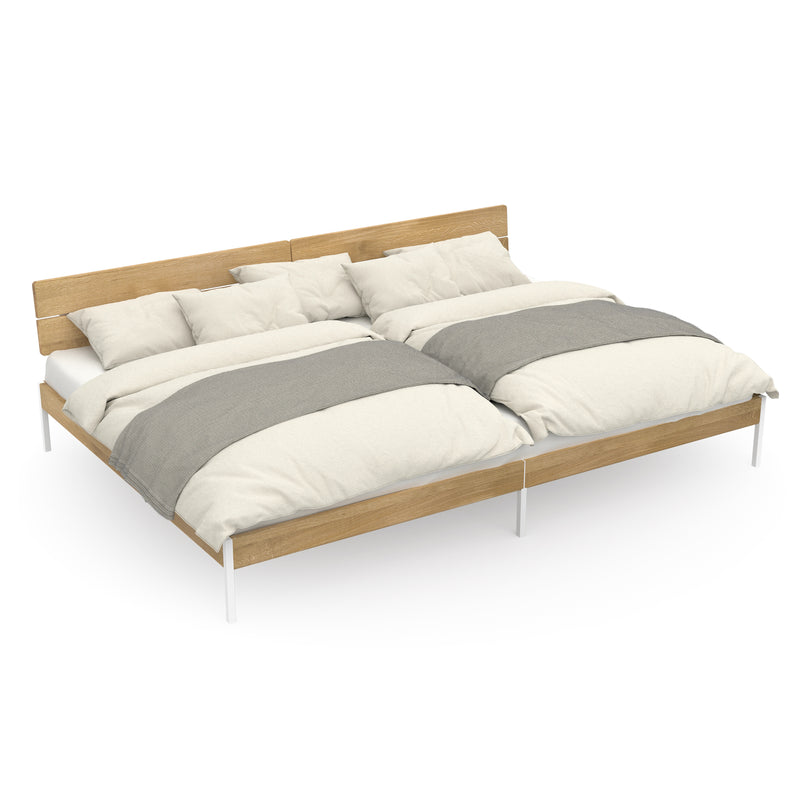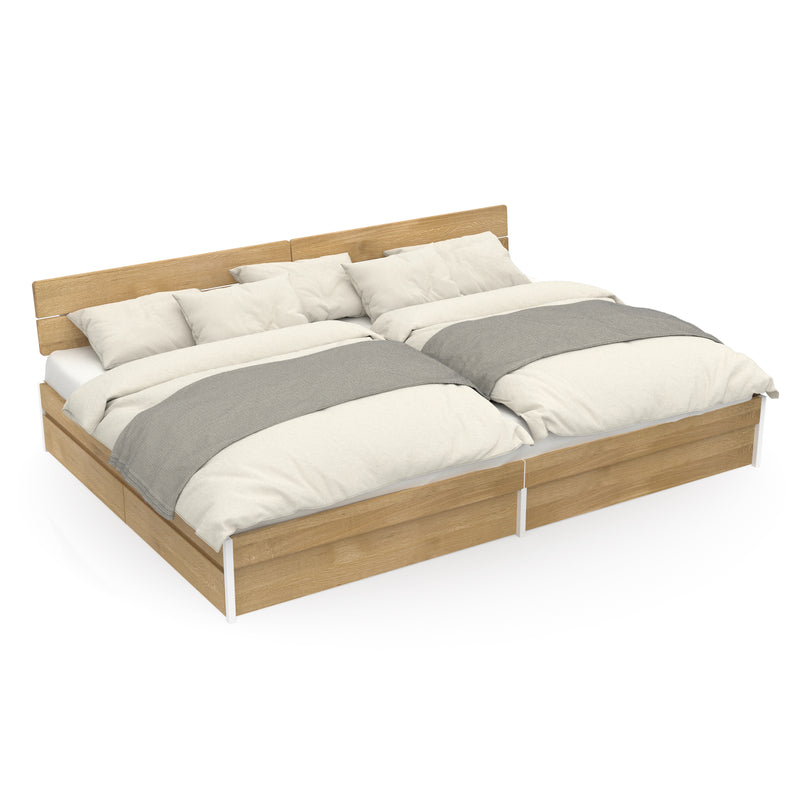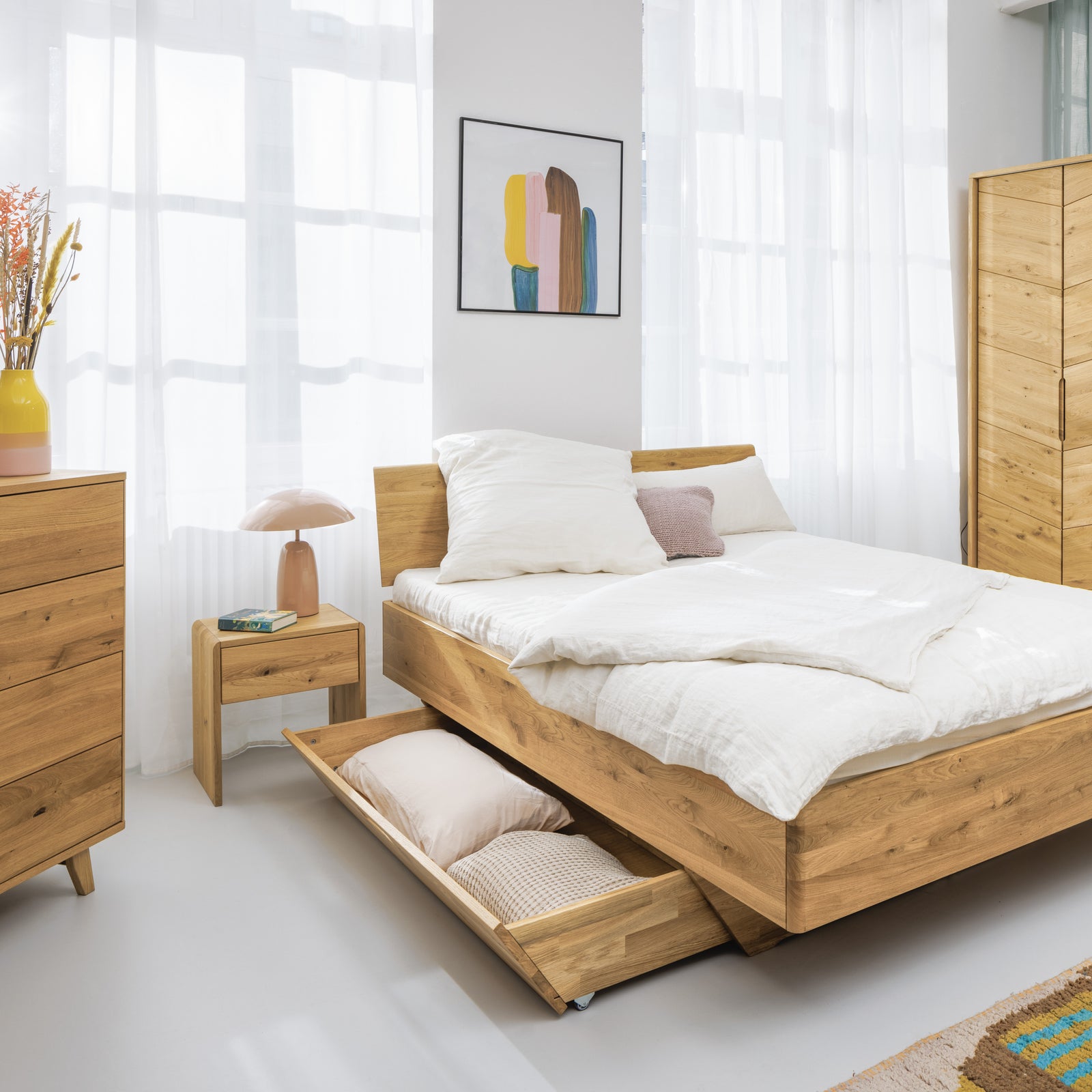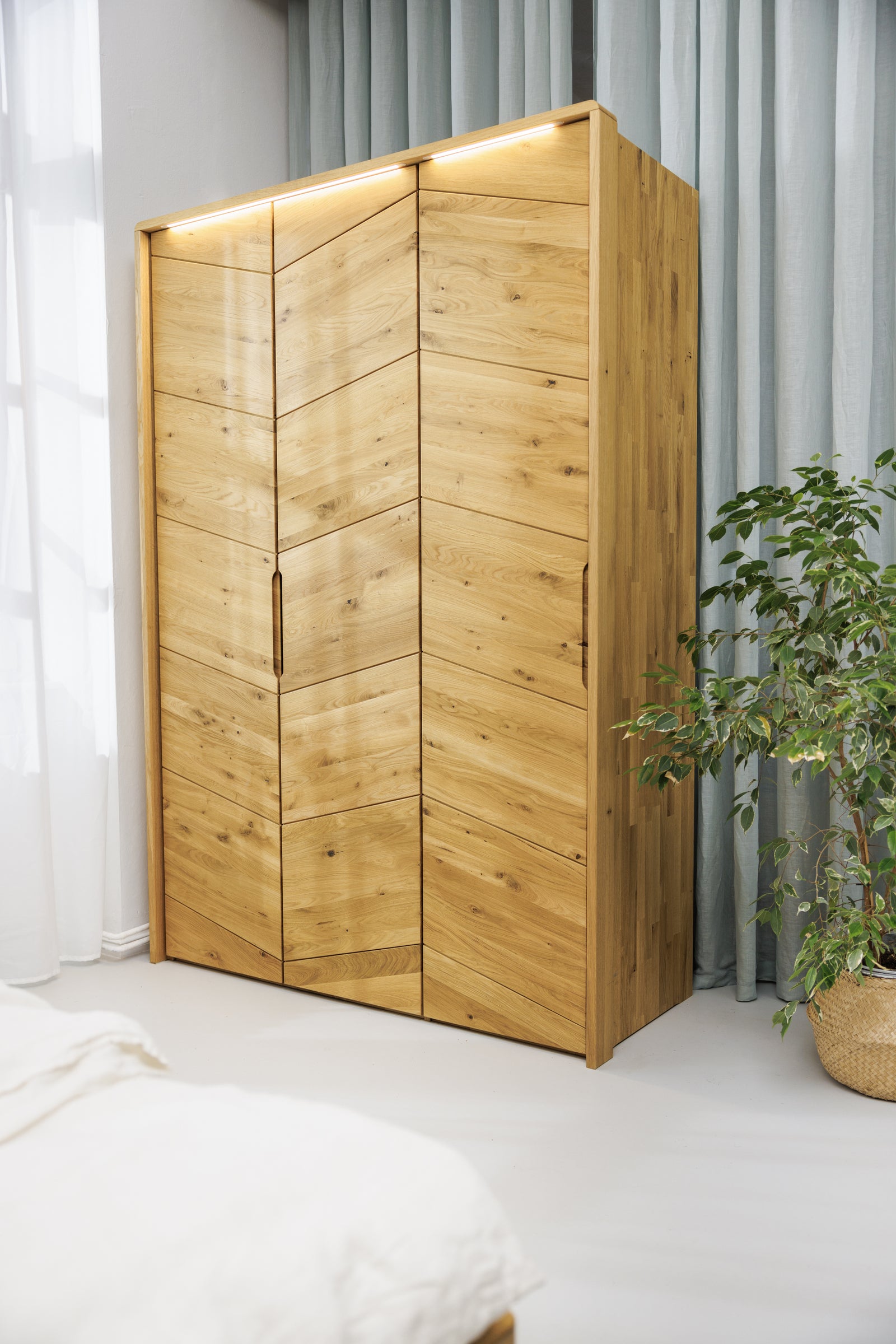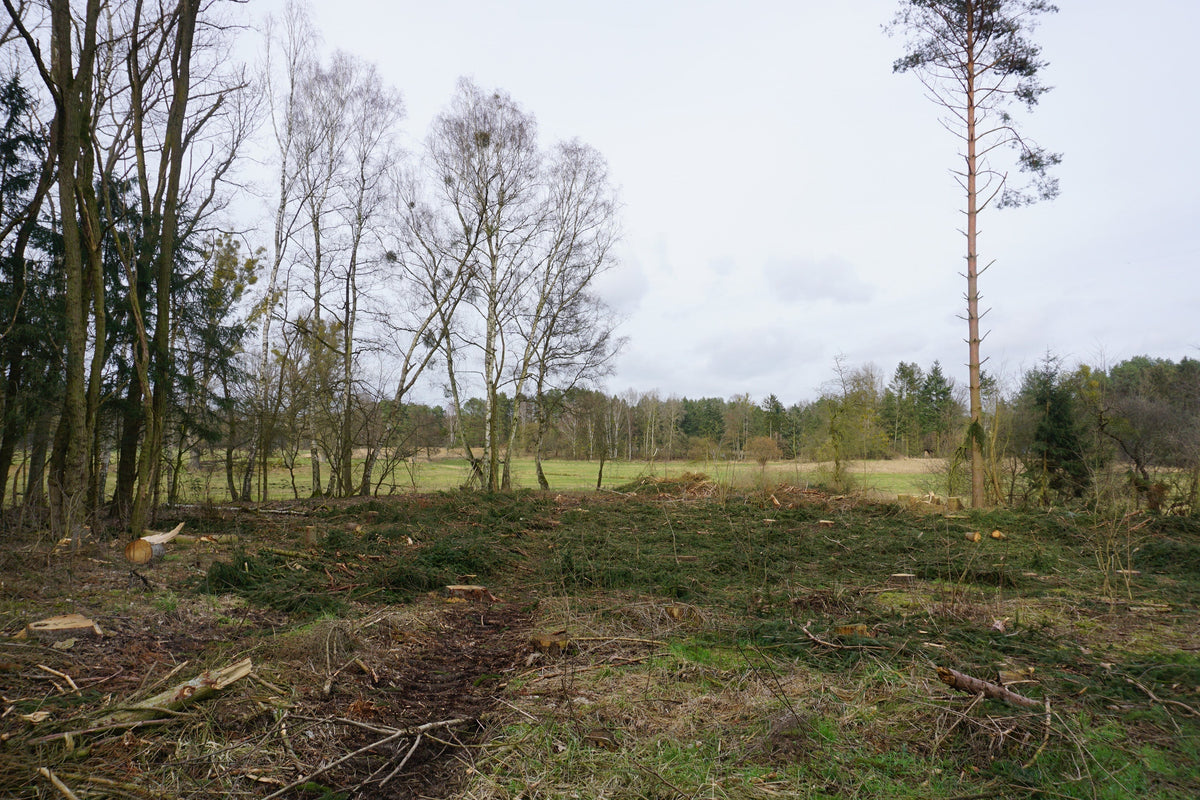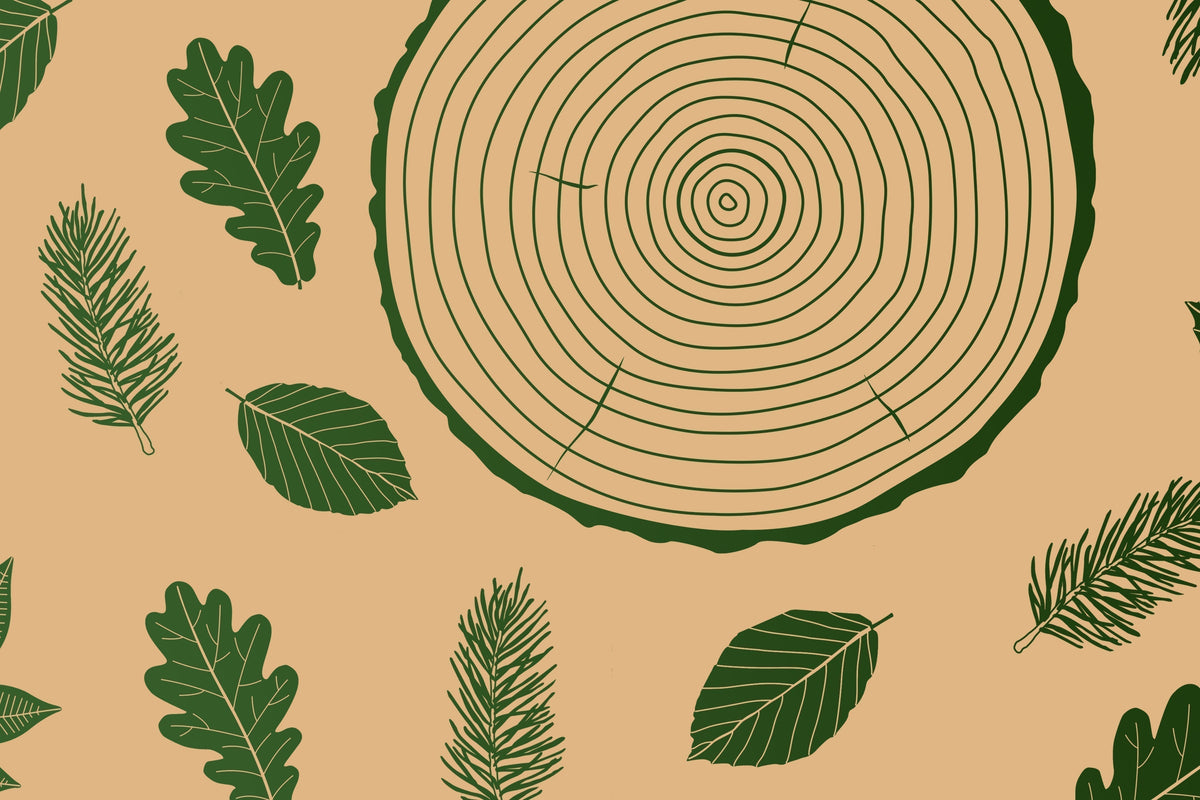Why choose ekomia?
Frequently Asked Questions
Organic food and textiles have been around for a long time. In the furniture sector, on the other hand, there seems to be either short-lived chipboard furniture or organic furniture that somehow seems to have fallen out of time. We wanted to change this by developing high-quality ecological furniture that still looks good. At ekomia, we try to make affordable designer furniture while remaining as ecological as possible.
Borrowing from Scandinavian design, we try to make our models as simple and straightforward as possible with a great love of detail. We want to design timeless, minimalist objects that are not subject to fashions and will still look contemporary in 20 years' time.
People often have different things in mind when they talk about natural products or sustainability. There are terms that are sometimes used synonymously or can mean completely different things. When it comes to furniture, there are different approaches when it comes to ecological furniture:
- Solid wood furniture made from the natural material wood, which promises a long service life.
- Healthy furniture with as few pollutants as possible.
- Furniture that consists largely of natural materials and does without synthetic materials, colours and glues.
- Environmentally friendly furniture production, in which only wood from trustworthy sources and raw materials that do not harm the environment are used.
At ekomia, we pursue a holistic sustainability approach. Starting with the selection of high-quality, pollutant-tested materials, environmentally friendly production, recycled packaging and short, climate-friendly transport routes to the customer.
We use different types of wood for ekomia furniture:
- The white furniture is made from FSC-certified pine wood from Sweden and varnished white with an ecological glaze. The beautiful grain of the pine shines through slightly. Pine is a very good furniture wood with a good price/performance ratio.
- Our oak furniture is made from solid oak from Poland (PEFC or FSC certified). It has a distinctive grain, sometimes with more knots (wild oak), sometimes with fewer. So you will always have a beautiful unique piece. The surface is treated with a natural furniture oil. Oak is a very hard, resistant precious wood.
- We use plywood for cabinet back panels and drawer bottoms. With plywood, thin layers of wood are glued together. This results in a stable natural material that is very strong even when thin.
- For our customised furniture, customers can choose between solid beech, heart beech, oak, wild oak, ash and European walnut. All woods are FSC or PEFC certified.
In contrast to chipboard, solid wood is glued together from complete pieces of wood. This creates a stable, durable construction that can be easily repaired even in the event of dents, cracks or scratches. This means that solid wood furniture can last for generations. We differentiate between full stave, which consists of long strips of wood and is used for visible elements, and finger joined solid wood, which is made from smaller pieces of wood and is mainly used for non-visible elements such as cabinet interiors.
Every type of solid wood has its own characteristics that need to be taken into account during production. How does the wood expand after cutting? How does it react to oils and stains? Many years of experience are therefore essential in the furniture trade. A piece of furniture goes through the following steps in production:
- Wood selection and cutting of the raw planks
- Gluing into boards or mouldings and rough sanding
- Fine cutting, milling & drilling
- Fine sanding and treatment with ecological oil or glaze
- Quality control and packaging
We work together with experienced production partners. Our partner for oak furniture, for example, only produces solid oak furniture and knows all the characteristics of the wood. Our design drafts and sustainability specifications are thus underpinned by the production expertise of our partners.
At ekomia, we use a formaldehyde-free white glue. Unfortunately, wood glue in furniture construction is usually produced synthetically and in many cases on the basis of formaldehyde. Formaldehyde is a substance that occurs naturally, but can be harmful to health in high concentrations in indoor air. Chipboard in particular has a high glue content of up to 10%, which is often based on formaldehyde. Solid wood, on the other hand, which we predominantly use at ekomia, requires very little wood glue for production (less than 1% glue content).
We use ecological colours and furniture oils with natural ingredients. Conventional colour finishes are usually produced synthetically from petrochemical products. With natural colours, we try to use organic and mineral raw materials wherever possible. The use of solvents should also be avoided, as solvents are harmful to the environment and can affect the health of furniture makers. Ekomia only uses natural, vegan colours based on vegetable oils, which do not contain any known allergenic substances.
Yes, if you would like to know what our wood and other materials feel like, you are welcome to order a free wood sample.
Naturally oiled or glazed wooden surfaces have the advantage that scratches or stains can be easily repaired:
- For light soiling or dry surfaces, you can simply polish the furniture oil or wood stain out of the wooden surface with a cotton cloth.
- For heavier soiling, you can rub the oil or stain in with a sanding pad to remove the stains.
- Very heavy soiling must first be sanded away with coarse sandpaper (P100 - P200) and then sanded again with sandpaper before you can treat the surface with oil or stain.
- Heavy dents or holes in the wood should be filled with wood filler before treatment.
You can buy care sets, paints and accessories for all white and naturally oiled ekomia organic furniture from us. If you want to build and treat furniture yourself, you can also get ecological wood stains and working materials from us. See our wood care products
